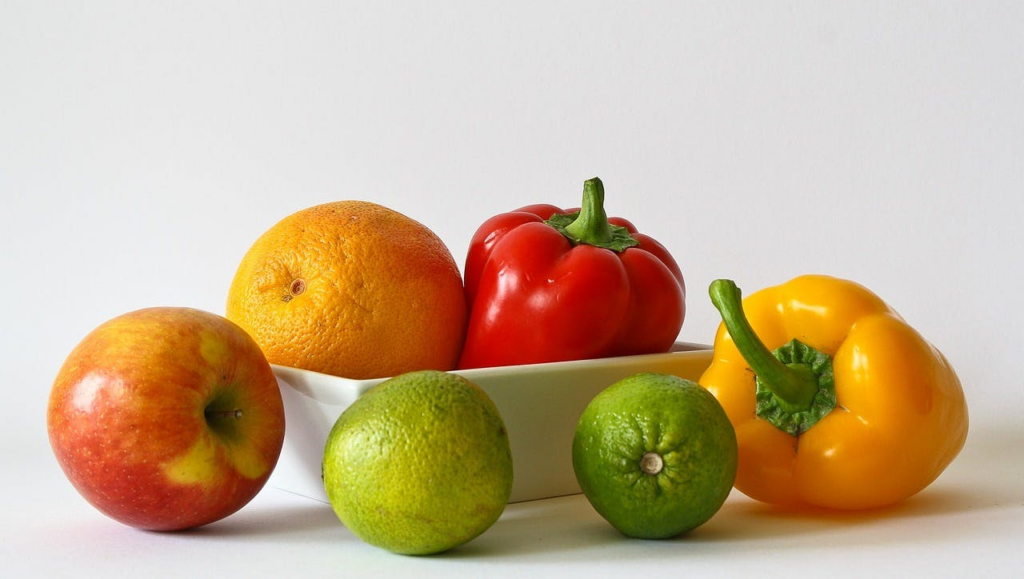Pesticides are chemical substances used to prevent, control, or eliminate certain organisms deemed undesirable. Their use is widely regulated in human and animal food. Accredited laboratories conduct analyses on all food products.
What are pesticides?
Pesticides are chemical substances used to prevent, control, or eliminate certain organisms deemed undesirable. Currently, there are nearly 1,000 different molecules classified according to their functions:
- Herbicides: action against weeds
- Fungicides: action against fungi
- Insecticides: action against insects
- Acaricides: action against mites
- Growth regulators and repellents.
What does the regulation say?
Pesticide use is widely regulated in the food industry. Regulation (EC) No. 396/2005 specifies the legal limits for pesticide residues in human and animal food. Maximum residue limits (MRLs) are expressed in mg/kg.
How to measure pesticides in the laboratory?
YesWeLab and its partners are able to quantify pesticide residues. Gas chromatography (GC) and liquid chromatography (LC) techniques are suitable for all food matrices and products.
Fast turnaround times: from 24 hours to a few days (depending on your needs).




